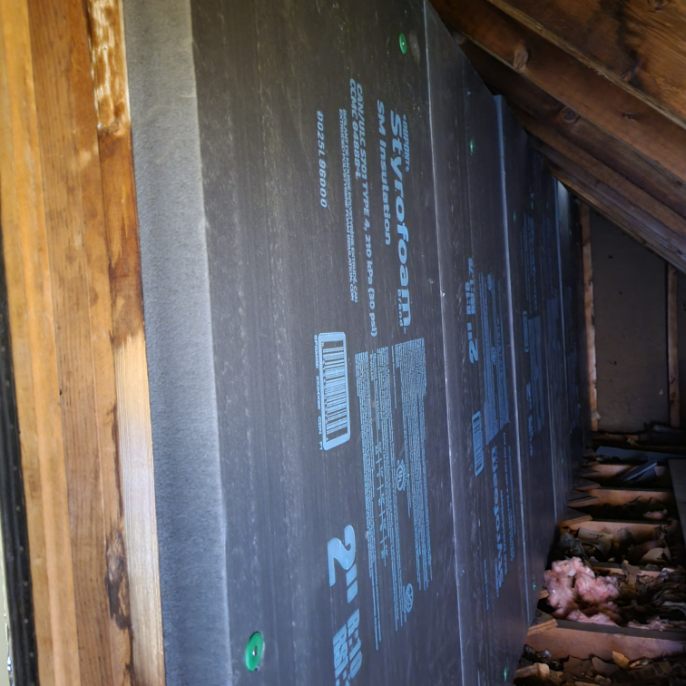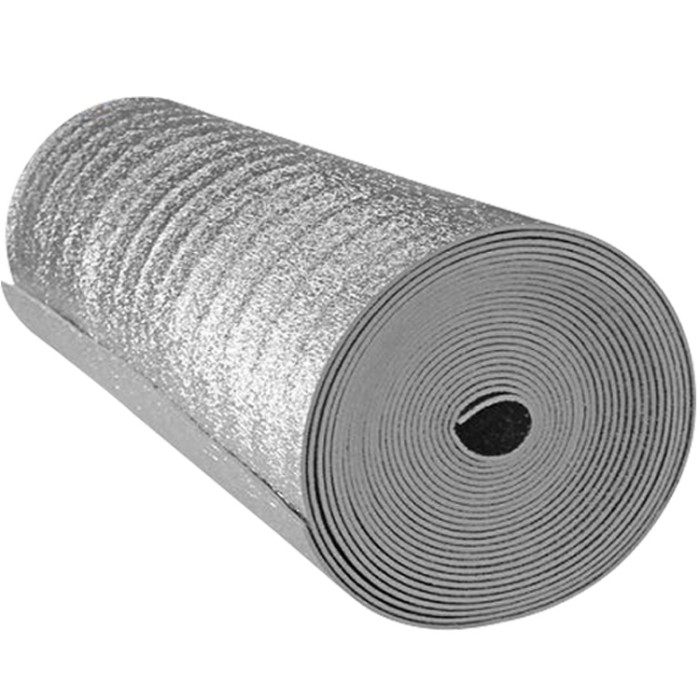When it comes to home comfort, the flooring you choose plays a pivotal role, especially in spaces with concrete slabs. Concrete, while durable and cost-effective, can often feel cold and uninviting underfoot. This raises an important question for homeowners and builders alike: What is the warmest flooring over a concrete slab? In this comprehensive guide, we will explore various flooring options, their thermal properties, and how to maximize warmth and comfort in your living spaces.
Understanding Concrete Slabs and Their Thermal Properties
Concrete slabs are a popular choice for foundations due to their strength and longevity. However, they have a high thermal mass, meaning they can absorb and retain heat. This characteristic can lead to cold floors, especially in winter months, as concrete tends to feel chilly when temperatures drop. To combat this, selecting the right flooring material is crucial.
Top Flooring Options for Warmth
- Carpet:
- Insulation Properties: Carpet is one of the warmest flooring options available. Its fibers trap air, providing excellent insulation. Additionally, the padding underneath can further enhance thermal resistance.
- Comfort: Walking on carpet feels warm and soft, making it ideal for bedrooms and living areas.
- Considerations: While carpet is warm, it may not be suitable for areas prone to moisture, such as basements, unless treated with moisture-resistant materials.
- Vinyl Flooring:
- Thermal Conductivity: Modern luxury vinyl tiles (LVT) and planks are designed to mimic the look of natural materials while offering better thermal insulation than traditional tiles.
- Installation: Vinyl can be installed over a concrete slab with an underlayment that adds an extra layer of insulation, enhancing warmth.
- Versatility: Available in various styles, colors, and textures, vinyl is a practical choice for kitchens and bathrooms.
- Engineered Wood:
- Natural Insulation: Engineered wood flooring consists of a top layer of hardwood over layers of plywood, providing a warm aesthetic and decent insulation.
- Moisture Resistance: Unlike solid hardwood, engineered wood is less susceptible to moisture, making it suitable for concrete slabs.
- Installation: It can be installed as a floating floor, allowing for better thermal performance.
- Cork Flooring:
- Eco-Friendly: Cork is a sustainable material known for its excellent thermal insulation properties. It naturally retains heat, making it a warm choice for flooring.
- Comfort and Resilience: Cork is soft underfoot, providing comfort while also being resilient against wear and tear.
- Sound Absorption: In addition to warmth, cork also offers sound-dampening qualities, making it ideal for multi-story homes.
- Radiant Floor Heating:
- Supplemental Heating: While not a flooring material per se, incorporating radiant floor heating beneath your chosen flooring can significantly enhance warmth. This system heats the floor directly, providing a cozy environment.
- Compatibility: Radiant heating works well with various flooring types, including tile, engineered wood, and even carpet (with the right underlayment).
- Energy Efficiency: Radiant heating systems can be more energy-efficient than traditional heating methods, leading to lower utility bills.
Maximizing Warmth with Underlayment
Regardless of the flooring material you choose, the underlayment plays a crucial role in thermal insulation. A quality underlayment can provide an additional layer of insulation, reducing heat loss through the concrete slab. Look for underlayments made from materials like foam, cork, or rubber, which can enhance comfort and warmth.
Conclusion: Making the Right Choice
Choosing the warmest flooring over a concrete slab involves considering both the material properties and the specific needs of your space. Carpet, vinyl, engineered wood, and cork all offer unique benefits in terms of warmth and comfort. Additionally, integrating radiant floor heating can elevate your flooring experience to new heights.


